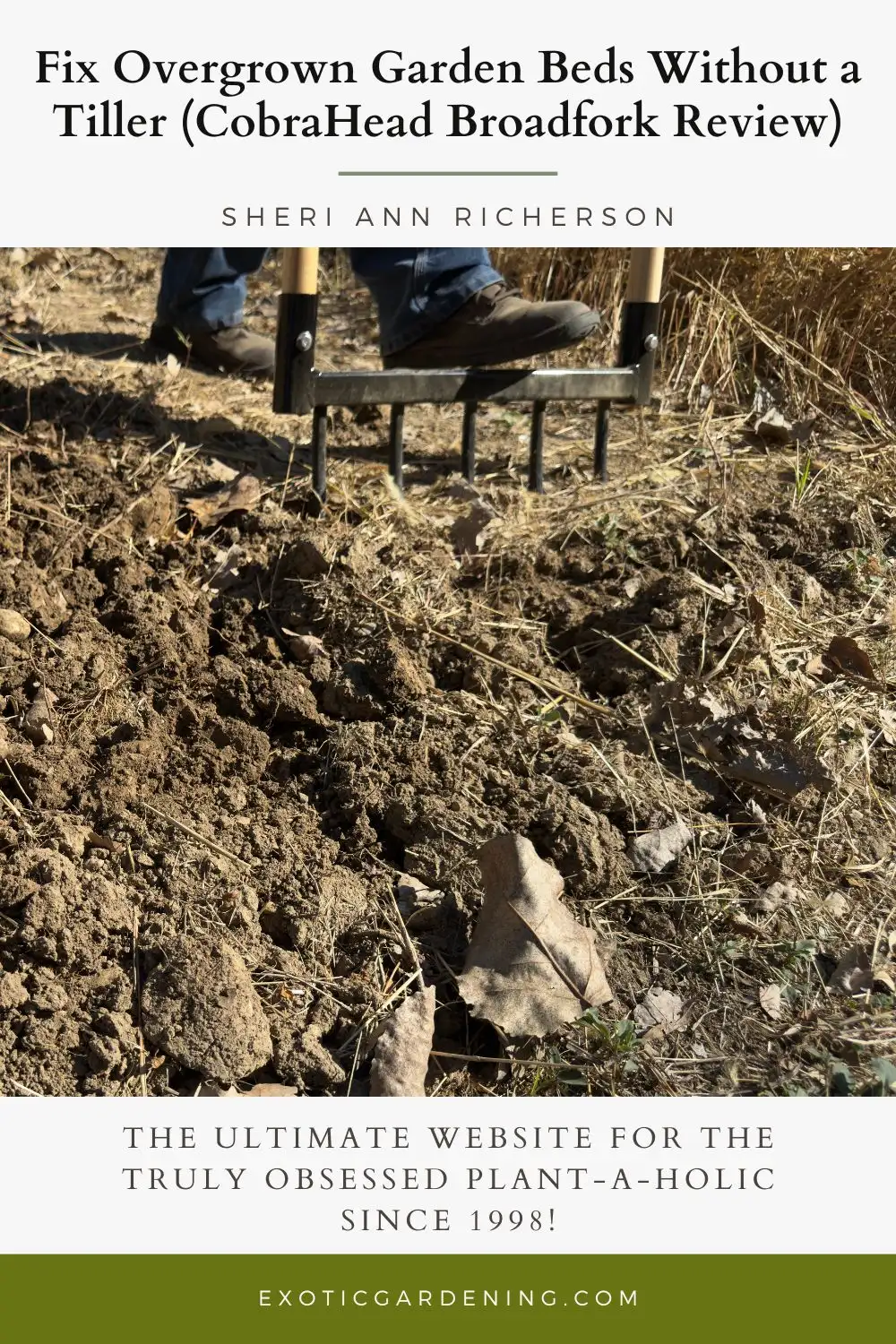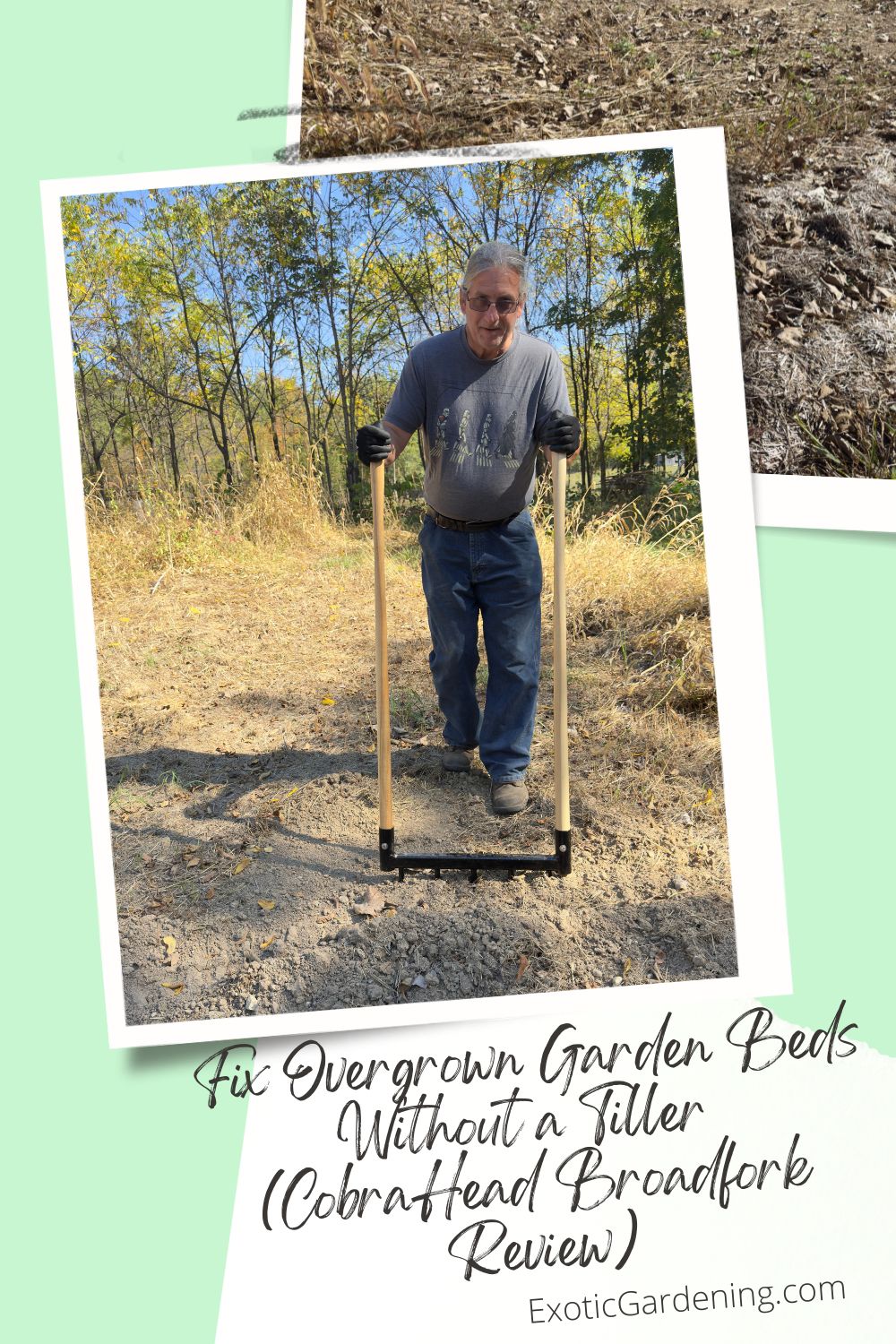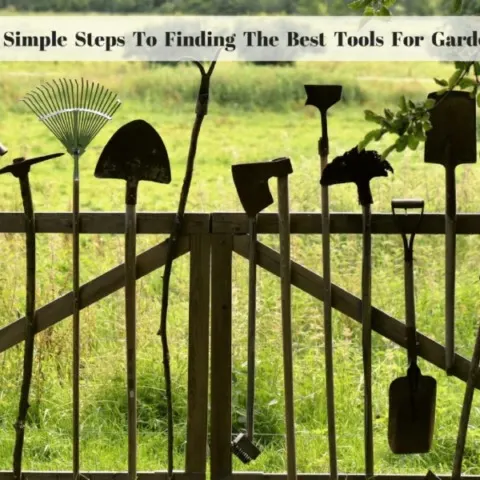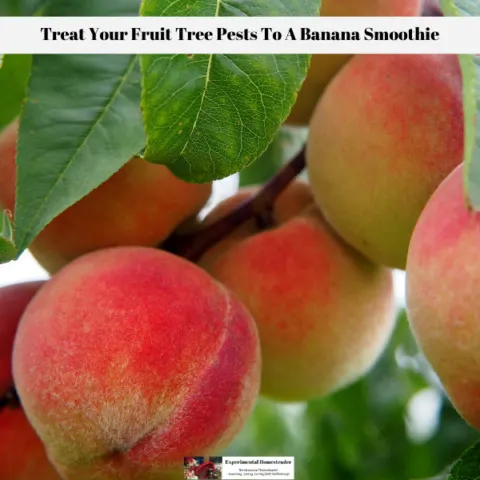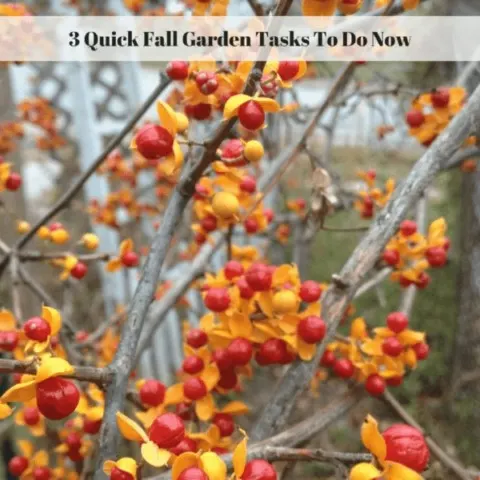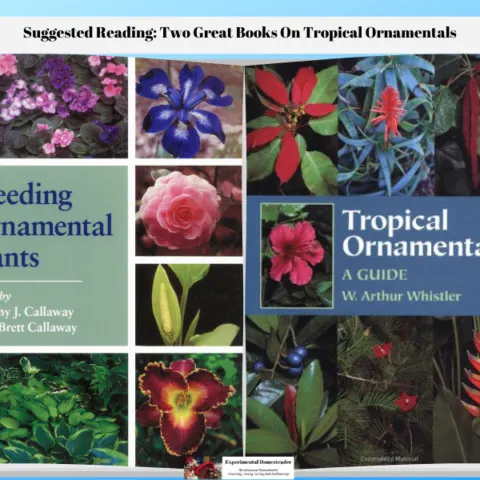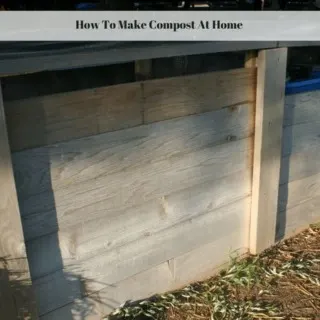Disclosure: CobraHead provided me with a Broadfork to test. This post contains affiliate links. If you purchase through my links or use my code, I may earn a commission at no extra cost to you.
Save 10%: Use code EXOTICGARDENING on CobraHead-branded tools at CobraHead.com
If you’ve ever battled compacted soil or tired garden beds, this CobraHead Broadfork review is for you.
I’ve gardened through drought, clay, and years of Indiana weather - and I know how stubborn the soil can get!
When CobraHead sent me their Broadfork to test, I was curious whether it could really loosen our dense garden beds without firing up the tiller.
Jeffrey and I put it to work in one of our toughest plots, and I was honestly surprised by how quickly it started to open the soil.
It wasn’t effortless, but it was effective - and far gentler on the earth than traditional tilling.
In this post, I’ll share exactly how we used it, what worked, what didn’t, and why this might be one of the best tools for gardeners who want healthier, easier-to-work soil year after year.
Why I Reached for a Broadfork This Season
This year has been dry, the clay is stubborn, and some of our older beds were… let’s say “well loved.”
I’ve tilled, amended, added compost, and even had pigs turn the soil in this area over the years.
Still, compaction creeps back in - especially after drought and foot traffic.
Enter the CobraHead Broadfork.
I received one to test (opinions are 100% mine), and Jeffrey and I put it straight to work on a compacted vegetable bed.
Short version: it doesn’t magically erase rock-hard clay in one pass - but it does loosen soil structure without destroying layers, and each pass gets easier.
The more we worked, the deeper the tines went, and the soil visibly “relaxed.”
That’s exactly what I want in a no-till, soil-health-first garden.
What a Broadfork Actually Does (and Why That Matters)
A broadfork is a human-powered tool with sturdy tines and long handles.
You step the tines into the soil, rock the handles back, and lift, creating deep air channels while leaving soil layers largely intact.
Think “aeration and loosening,” not “mix and chop.”
-
Preserves soil biology and structure
-
Opens pathways for water infiltration and root growth
-
Helps relieve compaction and shallow hardpan over time
-
Great for bed prep, refreshes, and even harvesting some root crops
It’s not a rototiller - and it’s not meant to pulverize concrete-dry hardpan in one go.
If your soil is severely compacted, start with shallow bites, add moisture or compost, and build up gradually.
Our Test Bed: Clay + Drought = A Real-World Challenge
We were dealing with tight clay in drought conditions.
Despite past tilling and amendments, the top few inches had sealed up and the subsoil was forming a denser layer (that “hardpan” everyone dreads).
Here’s what we did:
-
First pass (horizontal): Jeffrey stepped the tines in, rocked back, and lifted - working across the bed in lanes.
-
Second pass (vertical): He turned 90° and worked the same area to fracture developing hardpan.
-
Observe and repeat: Each pass got easier. The tines slid deeper, the soil lifted more cleanly, and you could literally see the surface soften.
I tried it, too.
In heavy clay, it’s a workout - but manageable - and you can feel the difference right away compared to tilling.
No shredding, no flipping, just lifting and breathing.
Limited-Time Sale!
The CobraHead Broadfork is ON SALE for just $269
with FREE shipping to the contiguous 48 states - now through
October 31, 2025!
Ready to build healthier, easier-to-work soil? Don’t wait - grab yours while the sale lasts and
use code EXOTICGARDENING for 10% off other CobraHead-branded tools.
Drought & Soil Health: Why Broadforking Helps
Drought doesn’t only dry soil - it disrupts soil life and tightens structure.
Pores collapse, surfaces crust, and water tends to run off when it finally rains.
Broadforking creates deep channels that behave like tiny rain reservoirs.
Water has somewhere to go, roots have room to follow, and microbes get air again.
Over time and with the addition of organic matter, your soil regains that sponge-like quality: absorbs quickly, holds moisture longer, and drains without getting waterlogged.
It’s not a one-and-done; it’s a gentle, regenerative routine that pays off every season.
Step-By-Step: How We Use the CobraHead Broadfork
-
Safety first: Wear boots or hard-soled shoes. This is a “plant your feet and use your legs” job.
-
Set your spacing: Work in lanes roughly 10 - 12 inches apart (adjust for your bed width).
-
Insert & step: Push the tines in - use your body weight on the crossbar.
-
Rock & lift: Pull the handles toward you to loosen the soil. Don’t flip.
-
Move & repeat: Step back one lane and continue.
-
Cross-pass: Turn 90° and repeat to fracture shallow hardpan.
-
Topdress: Add compost or aged barn cleanings while those channels are open.
-
Rake lightly: Level the bed for planting.
If the handles flex a lot or the tines resist, the soil is too dry or hard. Water lightly, shorten your bites, or make multiple shallow passes.
Broadfork vs. Tiller (Why I’m Using Both—Strategically)
I’m not anti-tiller.
It has a place, especially for breaking sod or incorporating large volumes of organic matter quickly.
But… tillers chop and flip.
That disrupts fungal networks, inverts soil layers, and can worsen surface crusting after a rain.
The broadfork loosens without mixing.
Microbes, worms, and layers stay where they belong.
It’s quiet, fuel-free, and much gentler on long-term soil health.
The more we broadfork + compost, the less I reach for the tiller.
What I Saw Right Away (and What I Expect Next)
-
Immediate: Less resistance on each pass; visibly softer soil surface; better tine penetration.
-
Short-term: Easier bed prep for planting strawberries once we add compost and barn cleanings.
-
Long-term: Deeper roots, better water infiltration during storms, improved resilience in dry spells, and fewer weeds as soil biology rebounds.
Maintenance & Care
-
After use: Knock off soil; wipe metal with a lightly oiled cloth.
-
Handles: Oil wood seasonally (linseed or your preferred wood oil).
-
Storage: Keep it dry. Good tools last decades when cared for.
Key Takeaways
-
The CobraHead Broadfork loosen and aerates without destroying soil structure.
-
Use cross-passes (horizontal then vertical) to fracture shallow hardpan gently.
-
In drought, broadforking creates deep channels so scarce water soaks in and stays put.
-
Pair broadforking with compost for faster improvements.
-
Wear hard-soled shoes, take short bites in tough clay, and be patient. The soil gets easier—fast.
FAQs: Broadforks (Real-World Questions Answered)
Q. How can I loosen compacted garden soil without a tiller? A. You can loosen compacted soil naturally by using a broadfork to gently lift and aerate the ground without flipping the soil layers. This preserves beneficial microbes and improves drainage while allowing roots to grow deeper.
Q. Will a broadfork work in heavy clay?
A. Yes - take smaller bites, do multiple passes, and add organic matter. Moist (not soggy) soil helps the tines penetrate without straining you or the tool.
Q. How often should I broadfork a garden bed?
A. For most beds, once or twice a year (spring and/or fall) is great. Paths or compacted zones may benefit from spot-treating more often.
Q. How deep should I go?
A. Deep enough to loosen the root zone, not to flip layers. If you feel strong resistance or see excessive handle flex, stop and take a shallower bite.
Q. Does broadforking replace tilling?
A. It can - depending on your goals. Many gardeners transition from tilling to broadfork + compost as soil health improves.
Q. Is it hard on your back?
A. With proper stance and hard-soled shoes, your legs and body weight do most of the work. Keep the tool close to your body and avoid over-reaching.
Q. Can I use a broadfork in a drought?
A. Yes, but water lightly first if the ground is rock-hard. The goal is to open channels, not fight concrete. Even gentle passes help future moisture soak in.
Q. Should I broadfork before or after adding compost?
A. Broadfork first, then topdress. Those fresh channels help pull nutrients and organic matter down into the root zone.
Q. Will it destroy earthworms or soil life?
A. Far less than tilling. Because you’re lifting rather than chopping and flipping, soil biology stays largely intact and rebounds quickly.
Q. Can I harvest root crops with a broadfork?
A. Yes. Slide the tines beside the row, lift, and loosen. It’s gentle and gives you cleaner harvests with fewer broken roots.
Q. What spacing should I use between passes?
A. Roughly 10 to 12 inches between lanes works for most beds. Adjust for your tool width and soil conditions.
Q. Will it help with hardpan?
A. Over time, yes. Cross-passes (working the bed in two directions) gently fracture shallow hardpan without inverting layers.
Q. What footwear is best?
A. Boots or hard-soled shoes. You need firm footing on the crossbar. Skip sandals or soft sneakers.
Q. Can I broadfork raised beds and tunnel/hoop house beds?
A. Absolutely. In looser soils under cover, you’ll notice the tines glide in more easily and maintenance is quick.
Q. Does broadforking help with drainage problems?
A. It helps water infiltrate instead of puddling or running off. Pair with compost to improve structure and long-term drainage.
Q. How do I know when to stop for the day?
A. If the handles flex a lot, the tines resist, or you’re working too hard - pause. Water, rest the bed, and return with shallower passes.
Q. Will weeds explode after I loosen the soil?
A. Not like they do after tilling. Because you’re not flipping weed seeds to the surface, you usually see fewer problems - especially paired with mulch.
Q. What else can I use it for besides bed prep?
A. Loosening paths, refreshing perennial beds, aerating between rows, and creating planting pockets in new areas you’re converting.
Where to Get A CobraHead Broadfork
Overall, I’m happy to add the CobraHead Broadfork to our homestead toolkit.
It’s quiet, sturdy, and aligns with how we want to garden: gentle on the soil, big on results.
If you’re battling compaction, drought crusting, or just want to move toward no-till, it’s a smart upgrade.
Save 10%: Use code EXOTICGARDENING at CobraHead.com.
Have questions I didn’t answer?
Drop them in the comments - I’ll keep updating this FAQ with your real-world experiences, too.
Garden Maintenance
Treat Your Fruit Tree Pests To A Banana Smoothie
Battling fruit tree pests can be a nightmare, but this banana smoothie is an easy way to naturally deal with them.
Growing A Lush Garden In The Drought
Learn how to grow a lush garden in the drought by choosing plants that like the hot, dry conditions and watering at the right time.
Suggested Reading: Two Great Books On Tropical Ornamentals
Learn about two books on tropical ornamentals. Breeding Ornamental Plants and Tropical Ornamentals are a must read for those who love plants.
Compost Advantages That Every Gardener Needs To Know About
There are so many compost advantages that gardeners really need to know about including the fact that its easy to make your own black gold.
From Obamas’ Organic Vegetable Garden To Greener White House Grounds
Green the Grounds National Media Campaign encourages the Obamas to grow an organic vegetable garden and green the White House grounds.
Obamas’ Should Get An Allergy Free Garden Makeover For White House Lawn!
Learn why the Obamas’ Should Get An Allergy Free Garden Makeover For White House Lawn while they are in office.


